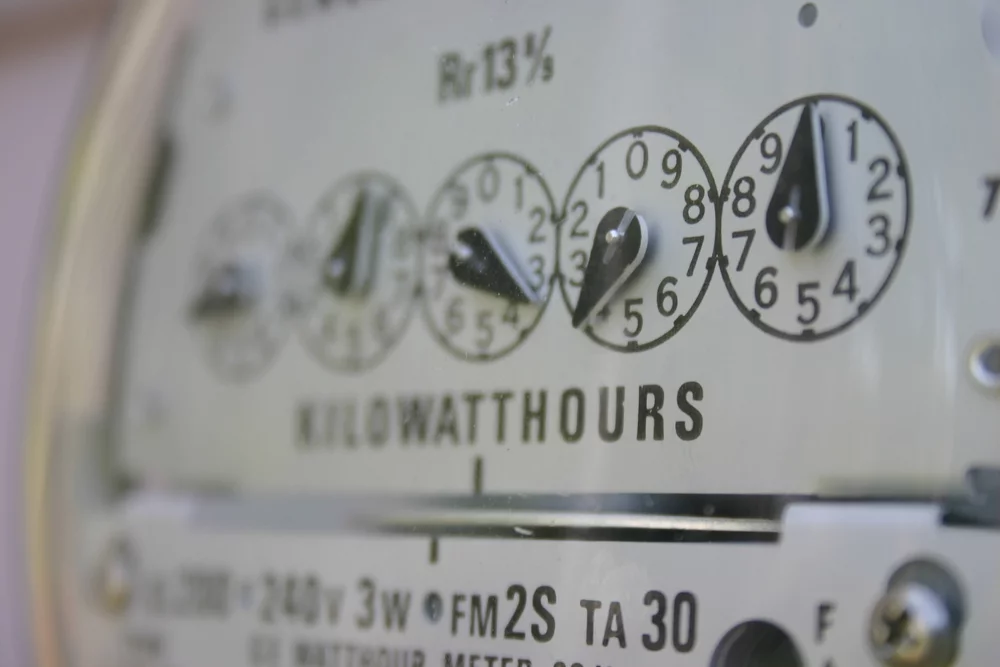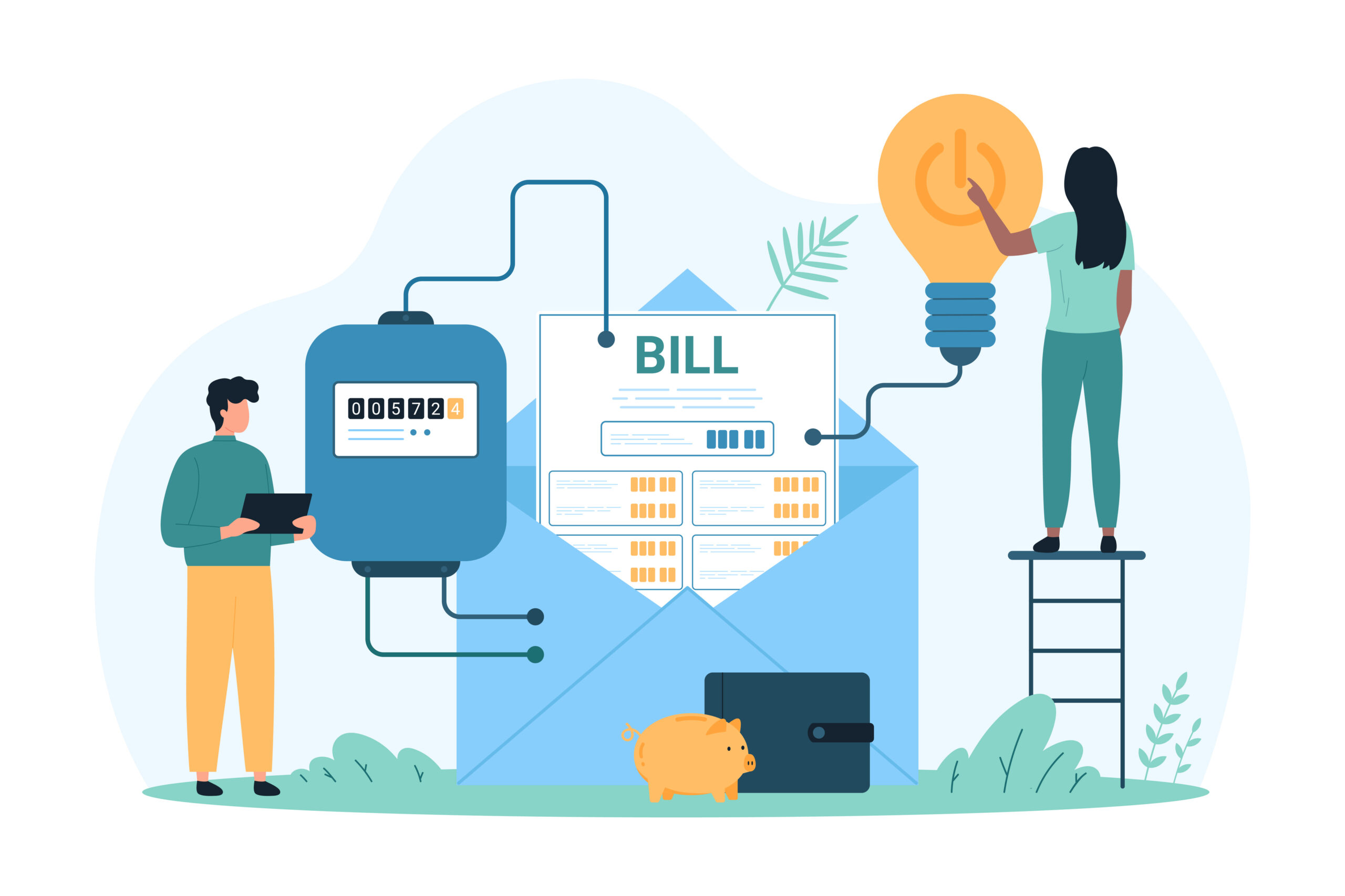There is little doubt that the electric utility industry is feeling the strongest disruptive forces in a century, whether that’s from global decarbonization efforts or from the tech disruption caused by distributed energy resources (DERs) or EV charging. The growth of renewable energy exponentially eats away at energy sales, which remain the main revenue for utilities. Further, the intermittent nature of renewable energy drives faster ramp rates, thereby increasing the complexity of serving customers.
Utilities coping with decreased energy sales experience two main sources of pain. Infrastructure, the poles, and wires cost nearly the same, regardless of how much energy traverses them. If the only line item on the bill is energy, lower energy sales result in less money to afford these critical fixed costs. Secondly, the fluctuations in demand and supply drive costs that can oscillate between large positive values to large negative values. Unsophisticated management of these oscillations could result in curtailing (nearly free) renewable energy and using expensive peaker plants much more than in the past.
To cope with these challenges, utilities need to implement new retail pricing structures. Analysts and executives agree on the need to decouple the cost of infrastructure from the cost of energy. Economically, this concept can be well reasoned, but consumer education will be key to smoothing the adoption of this new line item on the bill.
How a utility should bill for supply costs is much more difficult to reason about, but all models can be placed on a spectrum with purely volumetric sales falling in the middle.

Flat Rate Billing
Flat rate billing falls at the far right edge of the spectrum. With pure flat-rate billing, utilities offer customers unlimited energy consumption for a single non-varying monthly cost. This model is the simplest for customers to understand. It’s how their cable and internet bills have worked for decades, and cell phone providers also offer this type of rate for voice and data plans. Utility customers would love this type of billing. Very few residential customers choose to understand the difference between kW and kWh, and even less understand the economics of supply and demand in the electric industry. Given this lack of clarity, simplicity is always better, and residential electric customers would love a flat rate plan.
Making the flat-rate plan pencil out for the utilities would be quite complicated because the utility must still manage their varying supply costs. How would they do that without exerting any economic force on the customer? The answer is demand control. Utilities implementing flat-rate billing would have to also implement aggressive demand control measures. Every device in the house would need sophisticated control based on supply and demand, but none of that control could cause a customer disruption.
True Cost Billing
True cost billing is the counterpoint to flat-rate billing, where the utility passes through their true cost of supply to the customer. In regions with electricity markets, these costs could include capacity, reserve, energy, and transmission peaks, among others. True cost billing would ensure that the utility covered all of its costs and made money for its shareholders (or members, etc.), which means that utilities would love the simplicity of true cost billing. They would no longer have to worry about the economics of meeting peak demand or the waste of curtailing renewable energy.
But the utility simplicity would come at a cost for the residential customer. Energy markets operate around the clock, there is no way that a residential customer could manage the costs themselves. How would they manage all of these separate charges? Similarly to flat-rate billing, the answer is demand control. Just as the utilities needed to aggressively control demand with flat-rate billing, so would the customers need to control demand with true cost billing. They would need to purchase a software package that controlled all of these new costs for them. Consumer price elasticity for energy has been difficult to measure, and it is an open question how much discomfort they would be willing to endure.
Where to Land
Flat rate to true cost is a spectrum, and it is an organizational choice where to land on that spectrum. A utility must weigh financial risk against customer satisfaction; it must balance operational complexity against billing complexity. It is not an easy choice, but several utilities have started offering pilot and full-scale residential rates to the left or right of the center. Here is a short list of offerings:
-
Con Edison will be piloting a Smart Home Rate that includes fixed charges, wholesale market energy charges, and demand charges. It is clearly on the left side of the spectrum.
-
The Electric Plant Board of Glasgow, KY implemented the Infotricity Rate way back in 2016. This rate, also clearly on the left side, includes a fixed charge, time of use energy rates, and a coincident peak demand charge.
-
On the right side of the spectrum, Green Mountain Power released their EV Unlimited Plan that gives customers unlimited charging outside peak event windows.
Renewable Energy and Electric Rates Conclusion
Time will tell which rate structure curries favor moving forward. The prevailing wisdom that customers are looking for simplicity in energy is logical but is potentially rebutted by the rapid rise of smart devices. A fast-growing subset of customers want to see, understand, and act upon their energy consumption. True cost billing provides a potential scoreboard for customers to feel the direct economic benefits of energy savings. A willingness of utilities to experiment with different rates structures remains the only mechanism to understand the impacts on and preferences of utility customers. And when paired with customer-centric demand-side management, the utility will be able to generate a larger pool of benefits that can be shared with customers through any rate structure it chooses.







